Last Updated on 29 July 2025 by Greg Brookes
If you want to keep training for life, you need more than just strength or cardio. You need movement quality, joint resilience, and injury prevention. That’s where kettlebell longevity workouts come in.
These sessions aren’t about heavy lifting or max effort. They’re about keeping your body moving well, maintaining mobility, building control, and preventing injuries so you can stay active for decades.
In this guide, I’ll share how to use kettlebells for movement, mobility, and prehab-focused conditioning—so you can build a stronger, more resilient body that lasts.
Why Focus on Longevity Training?
Most people start training for fat loss or muscle gain. But over time, the goal shifts: move better, stay pain-free, and keep doing what you love.
Longevity training isn’t about chasing bigger numbers in the gym, it’s about creating a body that works well for the long haul. As we age, joint health, movement control, and injury prevention become just as important as strength or endurance.
Longevity training focuses on:
- Joint health: Keeping your shoulders, hips, knees, and spine mobile and pain-free.
- Mobility and stability balance: Maintaining a healthy range of motion while building the strength to control it.
- Injury prevention (prehab): Strengthening stabilisers and correcting imbalances before they cause problems.
- Functional strength for daily life: Training patterns you use in real life, bending, twisting, carrying, so you stay capable and independent.
Kettlebells are ideal for this type of training because they allow smooth, dynamic movements that integrate strength with mobility. Unlike static machines or traditional lifts, kettlebells promote fluid motion, rotational strength, and whole-body coordination, exactly what you need for long-term resilience.
Key Kettlebell Exercises for Longevity
These are the exercises I use with clients to build durability and resilience, not just fitness.
Turkish Get Up (Full or Half)
(See full breakdown in: Kettlebell Turkish Get-Up)
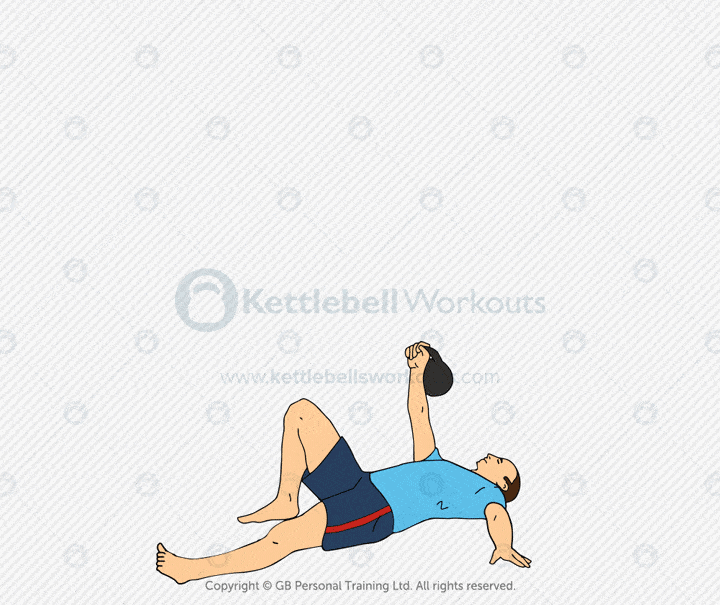
- Purpose: Shoulder stability, core control, hip mobility.
- Tip: Move slowly and deliberately, pausing at each step.
Kettlebell Halo
(See full breakdown in: Kettlebell Halo)

- Purpose: Upper body mobility and rotator cuff health.
- Tip: Keep the movement smooth and close to the neck.
Kettlebell Slingshot
(See full breakdown in: Kettlebell Slingshot)
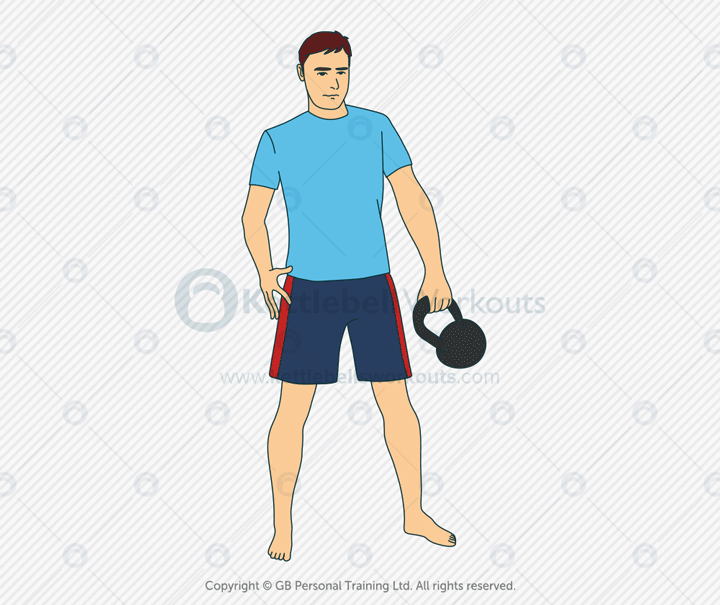
- Purpose: Core activation, shoulder stability, grip endurance.
- Tip: Perform both clockwise and counterclockwise.
Kettlebell Windmill
(See full breakdown in: Kettlebell Windmill)
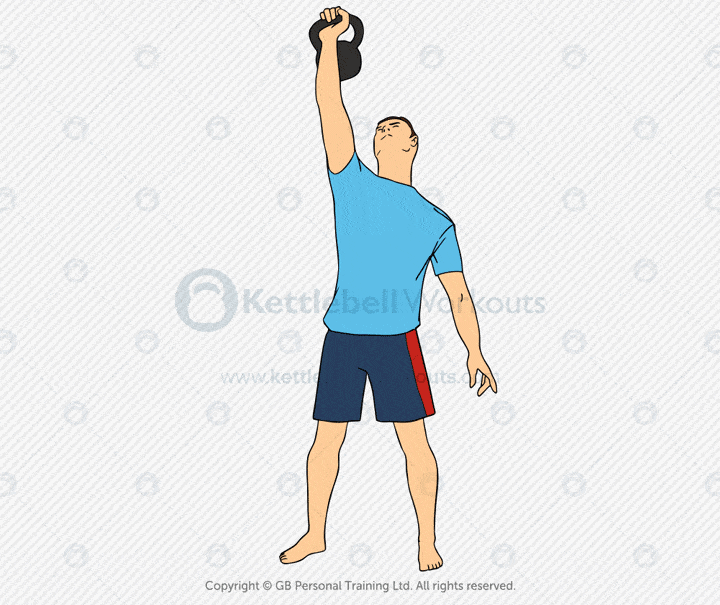
- Purpose: Thoracic mobility, hip hinge control, core strength.
- Tip: Start with a light bell and perfect the mechanics.
Kettlebell Goblet Squat (with Pause)
(See full breakdown in: Kettlebell Goblet Squat)
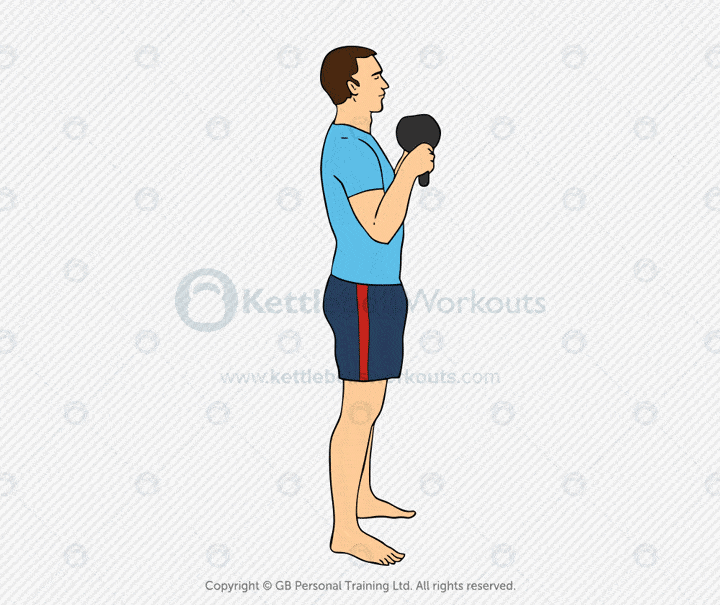
- Purpose: Hip mobility, ankle stability, postural strength.
- Tip: Pause at the bottom for 3-5 seconds to open the hips.
Sample Kettlebell Longevity Workout
Perform this routine 2-3 times per week to build joint resilience and movement quality.
Warm Up
- Kettlebell Halo – 10 reps each way
- Kettlebell Slingshot – 20 reps each way
- Bodyweight Cossack Squat – 5 reps per side
Main Workout
- Turkish Get Up (Half or Full) – 2-3 reps per side
- Kettlebell Windmill – 5 reps per side
- Kettlebell Goblet Squat with Pause – 8-10 reps
Complete 2-3 rounds, focusing on control, breathing, and range of motion.
Progressing Longevity Training
Progression in longevity training is about improving movement capacity, not just adding load. Here’s how to scale it:
- Start light: Always begin with a lighter kettlebell or even bodyweight versions of the movements. Focus on mastering the mechanics before introducing more weight.
- Increase time under tension: Slow down each rep, add pauses, or use eccentric loading (slower lowering phases). This builds control, strengthens connective tissue, and improves joint integrity.
- Use asymmetrical loading: Unilateral or offset kettlebell work challenges stability and recruits the deep core muscles. Try single-arm carries or rack holds to increase asymmetrical load tolerance.
- Move in different planes: Life doesn’t happen in straight lines. Incorporate rotation, side-to-side lunges, diagonal patterns, and flow sequences that take your joints through full ranges of motion.
- Improve breathing patterns: Use controlled nasal breathing during slow movements to improve parasympathetic recovery and diaphragmatic function.
Longevity progression is about better movement, not heavier movement.
Who Should Use Longevity Workouts?
Longevity-focused kettlebell training is for anyone who wants to train smarter and move better long-term. It’s especially beneficial for:
- Adults 50+ looking to stay active and pain-free: Joint-friendly workouts help maintain function without the wear and tear of traditional strength sessions.
- Anyone recovering from injury (with clearance): Longevity workouts build back foundational movement patterns without overloading the system.
- Athletes in the off-season or needing joint maintenance: These sessions keep joints supple and reinforce movement quality during lighter training periods.
- People who want to move better, not just lift heavier: If your goal is long-term health, not just chasing numbers, longevity workouts will help you stay consistent and resilient.
These sessions can also serve as active recovery days, complementing heavier strength or conditioning workouts by keeping the body moving without creating additional fatigue.
Coach’s Insight: Greg’s Take
In my early years of training, I focused purely on strength and conditioning. But after coaching clients for over 15 years, and dealing with my own training tweaks, I realised the importance of longevity training.
It’s not about going hard all the time. It’s about staying in the game for life.
Longevity workouts keep you supple, resilient, and moving well. And when you move well, you can still push hard when you want to, without breaking down.
Final Thoughts
Kettlebell longevity workouts are the missing link in most people’s training plans. They bridge the gap between strength, mobility, and injury prevention, helping you stay strong, supple, and pain-free for the long haul.
Start light, move well, and think long-term.
If you’re interested in training for life, explore all the ways kettlebells can help in my kettlebell workouts by goal guide.
Frequently Asked Questions
Yes, when used for controlled, low-load movement patterns like halos, get ups, and windmills.
Absolutely. They’re a great way to build a solid movement foundation before heavier lifting.
Yes. Longevity workouts complement strength and power days by improving mobility and control.
2-3 times per week works well, especially as active recovery or warm-up sessions.

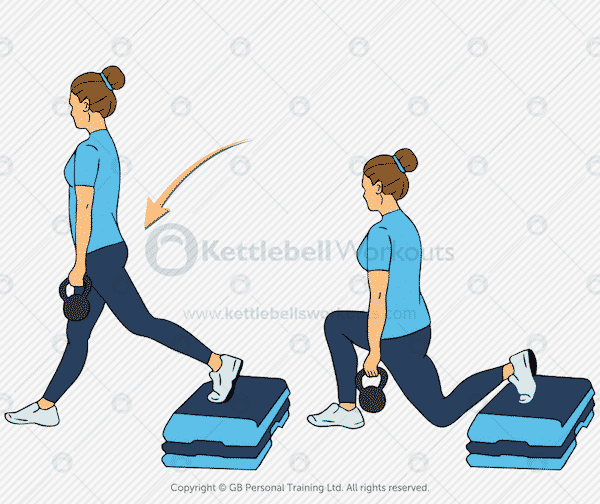
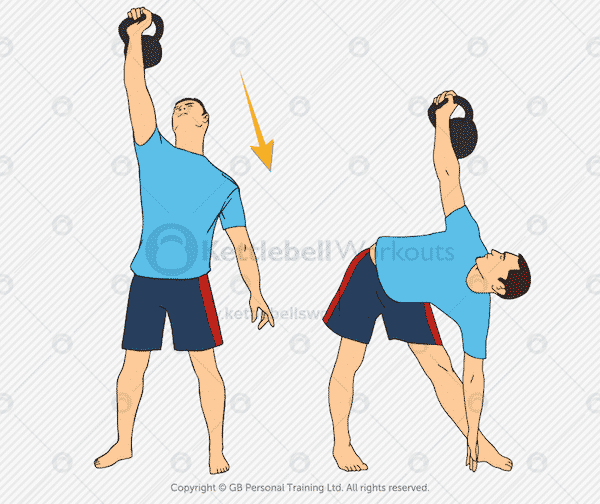

Comments